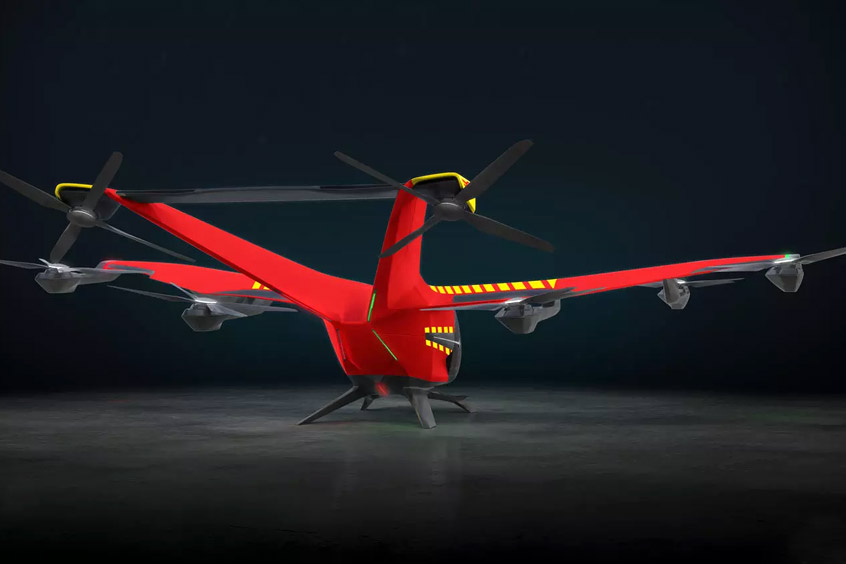ACE 2026 - The home of global charter.
• Airbus Helicopters
Aircraft
• Norsk Luftambulanse
Charter
• Airbus Helicopters CityAirbus
BAN's World Gazetteer
• France The bimonthly news publication for aviation professionals.
The bimonthly news publication for aviation professionals.

The Norwegian Air Ambulance Foundation, the owner of Norsk Luftambulanse air ambulance service, has partnered with Airbus Helicopters to develop CityAirbus NextGen’s future missions for medical services in Norway. To this end, the parties will jointly measure the added value of eVTOL aircraft for a selection of medical services use cases across the country to integrate the operational requirements into the configuration of Airbus’ eVTOL.
Focusing on how eVTOL aircraft can be used for different types of air medical missions, Airbus Helicopters and the Norwegian Air Ambulance Foundation will develop a roadmap toward reducing emergency response time through researched scenarios in Norway. In order to improve patient outcome and the overall performance of the Norwegian emergency medical services system, the signatories will follow a long-term strategic approach to research the complementarity of existing assets, such as conventional helicopters and eVTOLs when the technology enters into service. This approach could be further expanded in the region through collaboration with other countries to optimise operations beyond the national healthcare system.
Secretary general of the Norwegian Air Ambulance Foundation Hans-Morten Lossius says: “Airbus’ aviation expertise across the board is a major asset to help us combine different aircraft for medical services. Complementarity is a key driver in this endeavour: helicopters remain essential to perform EMS missions, while eVTOLs can bring additional capabilities to support first responders, for instance by transporting medical specialists to accident scenes or organs from one medical site to another.”
Airbus head of urban air mobility Balkiz Sarihan continues: “The Norwegian Air Ambulance Foundation has always been at the forefront of medical innovation, most recently with dedicated research to integrate a CT scanner into a five-bladed H145 helicopter. We are looking forward to working with the foundation as a strategic partner to further develop the exact missions where our eVTOL’s capabilities would contribute to protecting citizens and making sure they can access effective healthcare in Norway.”
The first step toward the creation of a medical eVTOL ecosystem will be evaluation of the current emergency medical system in Norway, to then simulate different air medical services scenarios, integrating advanced air mobility assets. To develop the right concepts of operations for these complementary air medical missions, Airbus Helicopters and the Norwegian Air Ambulance Foundation will drive the definition of the foundational elements of the eVTOL ecosystem in the country, including for infrastructure, traffic management and energy sourcing and distribution.